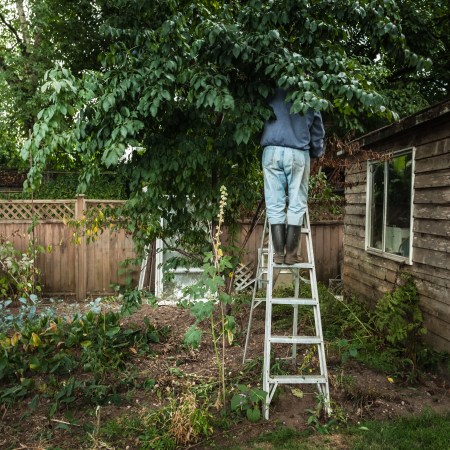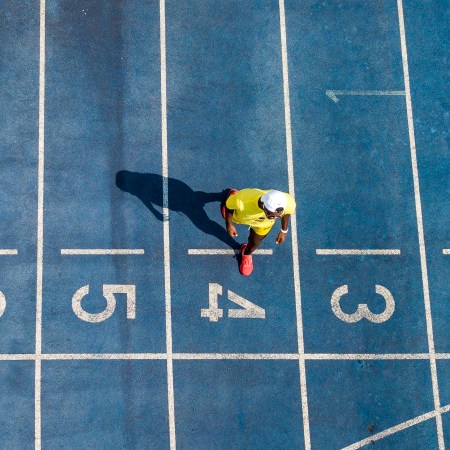The last time bike shops in New York City were selling out stock quite this quickly was during a transit strike in the early 1980s. In certain shops, sale are up 600 percent from this time last year, and the pattern is consistent throughout the country, from Washington, D.C. to Washington State. For American cities that rely on packed buses and underground metros, bikes have never made this much sense — several cities have roped off streets for cycling, and some have even made the closures permanent. The trend goes hand in hand, too, with recent the outdoor endurance boom, as urbanites have taken their fitness to the streets during lockdown.
For those who’ve long wanted America to rethink the construction of its cities, to accelerate bike infrastructure programs, increase networks of protected lanes, invest in traffic calming, and build wide-scale biking parking lots (if not mini-villages, where bollards prevent cars and delivery vehicles from breaching “campus”) this development is a rare positive in an otherwise uncertain time. While bike-share programs have taken root in many American cities over the last decade, they’ve struggled to transition from novelty to functionality, and safety concerns have prevailed. In European cities like Copenhagen, Amsterdam, Utrecht, Antwerp and Oslo, over half the city relies on bicycles for getting around. In the United States’s most cycle-friendly city, Portland, Oregon, just 7 percent of residents live a bike-first lifestyle.
But before American cities join the likes of Northern Europe’s bike paradises, the nation faces an unlikely predicament: a bike shortage is imminent. In 2018, President Trump ordered tariffs on products coming in from China, which included bike parts found in most entry-level bicycles. America’s biking distributors responded in kind, ordering 25 percent fewer bikes in 2019, and 30 percent fewer than that, in the first quarter of this year. Since demand skyrocketed in the last two months, sellers across the country have clamored for more, but they’ll have to wait until mid-June; Asian factories are just getting going again, as countries like China and Taiwan recover from the pandemic.
In short: it’ll be difficult to find a bike for less than $1,000 for at least a month. And even four weeks from now, there’s a chance your local bike shop has already sold its upcoming inventory with pre-orders. Your best bet is to reach out to shops in your area, and consider taking a (safe, responsible) ride outside of whatever city you call home. If you’re willing to pay for a more expensive bike, also, you might find more success right off the bat.
Subscribe here for our free daily newsletter.
Thanks for reading InsideHook. Sign up for our daily newsletter and be in the know.


















